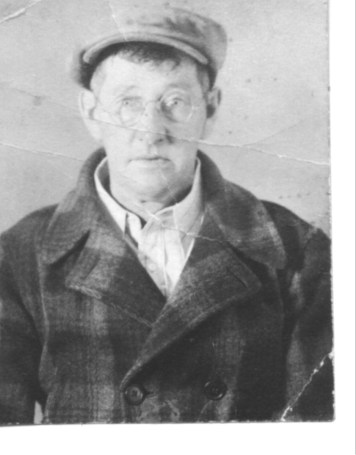Exploring histories mysteries, one leaf at a time.

Frederick J. Uhl
1878-1948
This is a story of perseverance over tragedy. How one man, picked himself up and made a happy life for himself and his family.
Fred’s story begins in New York City in 1878. His family lived on West Fifty-Second Street between Ninth and Tenth Avenues in what appears to be tenement housing. His father, Joseph, was a German immigrant who worked primarily as a brewer. His mother, Lena worked as a seamstress. Between 1878 and 1892, the Uhls had five children; Frederick, George, Joseph, Tessie and Irene. With young children in the home, it is likely that Lena worked out of her small apartment while raising her children.
Life was not comfortable for working class people in New York City during the late 1800s. The city’s population swelled due to an influx of immigrants, primarily from Germany, Italy and Ireland. As a result, many people were forced to live in very small apartments often in close quarters with other people. These tight living spaces with many people in a small space were a breeding ground for the diseases of the day including cholera, malaria and tuberculosis.
Looking at maps from the time period, it appears that the Uhls had better living conditions than most. While they lived down the street from a cigar factory, they also lived across the street from a Catholic church and school and near a hospital. A majority of the people who lived in that area were either German or Irish immigrants. While still not ideal living conditions, at least they were not hemmed in on all sides but unsavory businesses.
In 1896, Fred’s mother Lena passes away at the age of 41, leaving Fred at 18 years old to fend for himself and his four siblings, the youngest of which was just four years old. The family moves from New York City to Kingston, New York where Fred and his siblings move to Hudson Street to live with their maternal grandmother Elizabeth and her second husband Jacob Fox. Fred finds work as a laborer while his younger brother George, works as a tobacco stuffer and his youngest brother Joseph works as a brush maker. Joseph is forced to work full-time at the age of 16 instead of attending school.
It is unclear why the Uhl siblings were entrusted to their grandmother rather than being raised by their father, Joseph, who also moved to Kingston and remained there until his death in 1918. Nevertheless, with the help of his grandmother and brothers, Fred provides for his youngest siblings.

In 1905, Fred marries Mary Dittus and he moves from his grandmother’s house on Hudson Street to a home owned by his in-laws on Spruce Street. Fred and Mary have six, living children before moving into their own home on Spruce Street in 1920. Fred has a successful career as a well-respected carpenter in Kingston.
In 1948, Fred Uhl passes away. In his lifetime, he survived tenement living in New York City, the death of his mother and providing for his siblings at a young age. He persevered through that adversity to have a successful career and a loving family. My grandmother was his daughter. I am proud to call a man of such courage and strength my great-grandfather.


